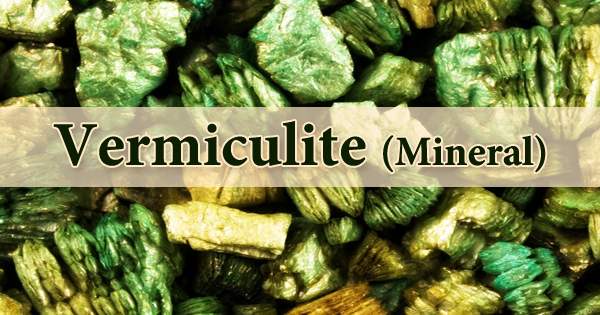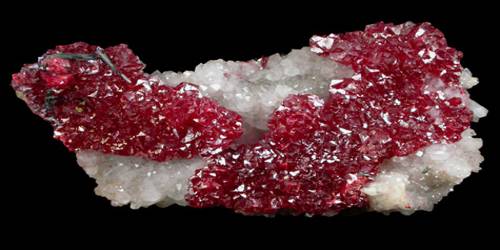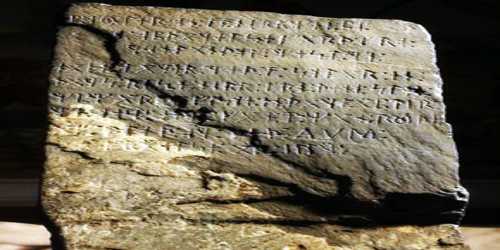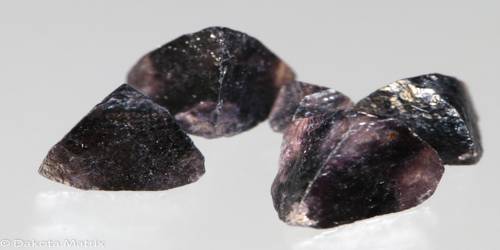Cuprite is an oxide mineral composed of copper(I) oxide Cu2O, and is a minor ore of copper. It is a dark red or brownish-black mineral consisting of cuprous oxide. It is a copper oxide mineral found as octahedral, cubic or dodecahedral crystals formed in oxidized zones of copper deposits. As a mineral specimen, cuprite shows fine examples of well-developed cubic crystal forms.
Cuprite was first described by Wilhelm Karl Ritter von Haidinger in 1845 and the name derives from the Latin cuprum for its copper content. It is a secondary mineral which forms in the oxidized zone of copper sulfide deposits.
General Information
- Category: Oxide mineral
- Formula: Cu2O
- Crystal system: Cubic
- Crystal class: Hexoctahedral (m3m)

Properties
Its dark crystals with red internal reflections are in the isometric system hexoctahedral class, appearing as cubic, octahedral, or dodecahedral forms, or in combinations. In spite of its nice color, it is rarely used for jewelry because of its low Mohs hardness of 3.5 to 4. It has a relatively high specific gravity of 6.1, imperfect cleavage and a brittle to conchoidal fracture. The luster is sub-metallic to brilliant adamantine.
- Color: Dark red to conchineal red, sometimes almost black
- Cleavage: Fair in four directions forming octahedrons
- Fracture: Conchoidal to uneven
- Tenacity: Brittle
- Mohs scale hardness: 3.5 to 4
- Luster: Adamantine, sub-metallic, earthy
- Streak: Shining metallic brownish-red
- Diaphaneity: Transparent, translucent
- Specific gravity: 6.14
Occurrence
Cuprite is found in the Ural Mountains, Altai Mountains, and Sardinia, and in more isolated locations in Cornwall, France, Arizona, Chile, Bolivia, and Namibia. It frequently occurs in association with native copper, azurite, chrysocolla, malachite, tenorite and a variety of iron oxide minerals. It is known as ruby copper due to its distinctive red color.
Information Source:
















